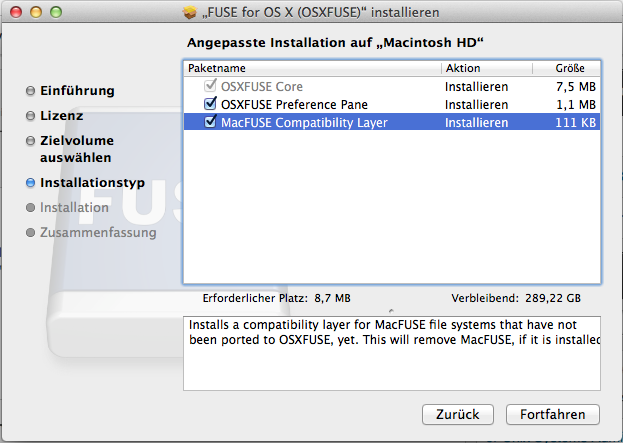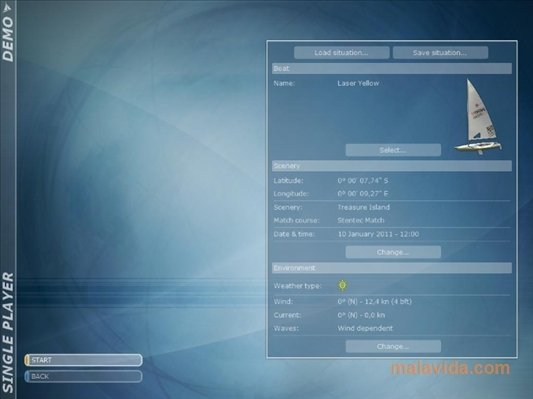In OS X, enable NTFS write on the drive. You do not need anything more (ie drivers).
There are some excellent instructions on. Michael Dreher points out in the comments of the preceding osxdaily.com link: (referring to source code) We only allow read/write mounts if the 'nobrowse' option was also given. This is to discourage end users from mounting read/write, but still allows our utilities (such as an OS install) to make changes to an NTFS volume.
Without the 'nobrowse' option, we force a read-only mount. Note that we also check for non-update mounts here. In the case of an update mount, ntfsremount will do the appropriate checking for changing the writability of the mount. If ((vfsflags(mp) & MNTDONTBROWSE) 0 &&!vfsisupdate(mp)) vfssetflags(mp, MNTRDONLY); - Tested: Solution is confirmed working on everything from Maveriks to El Capitan. About Yosemite & El Capitan: De says: September 10, 2014 at 10:10 am If the other solutions don’t work – the following does a 100%: mkdir /Desktop/Drive // where the drive will be mounted mount // will tell you the internal drive name, something like /dev/disk2s1 sudo umount /dev/disk2s1 sudo mount -t ntfs -o rw,auto,nobrowse /dev/disk2s1 /Desktop/Drive Reply Jo says: The only solution that worked perfectly, thanks!
Gia says: Excellent solution, works for NTFS in OS X El Capitan and OS X Yosemite The site I referenced is very rich with all kinds of troubleshooting and debugging scenarios. I won't try to re-create it. Before starting, reading through the article and the comments, particularly with your version of OS X, would be good to do. Keep track of your permissions. Make an NTFS folder (on the NTFS drive) to transfer into that has the least restrictive settings (read/write/update for everyone).
Once you've had success you can try out more restrictive options. Caution: Be very careful with syntax when using fstab. There is confusion with users of OS X because apple removed their fstab file. You simply need to create one. I've created a fstab files on El Capitan.

It works well. Fastest and 'proper' solution. This solution can make all your NTFS drives automount the way you want. This solution can also give you access to the rest of the powerful mounting features of fstab.
No 3rd party software. This solution (controlling the fstab file) is very portable. Fstab itself is a very common standard in computing among.NIX machines, from UNIX, OS X, BSD, Linux. And dates back to at the latest. (+ 31 years). Additional references: A2.
You could also install OSXfuse via Homebrew. This is a common third party solution. Here are instructions on. How-To Geek has a recent on writing to NTFS that covers the current OS X version.
Options, summarised from the article, includes:. Paid Third-Party Drivers – The Easiest, But It’ll Cost You. Paragon NTFS for Mac. Tuxera NTFS for Mac. Free Third-Party Drivers – It’s Free, But Takes Some Extra Work.
What Is Osxfuse For Macbook Pro
Apple’s Experimental NTFS-Write Support – The Least Stable, Don’t Do This From experience, if you do not want to mess around with your system, paying some money and get is your 'best' bet. Plug in your external drive and 'it just works'. If you don't want to pay and is willing to 'hack' around your system, try out the 'Free Third-Party Drivers' or 'Apple’s Experimental NTFS-Write Support' options in the article.
